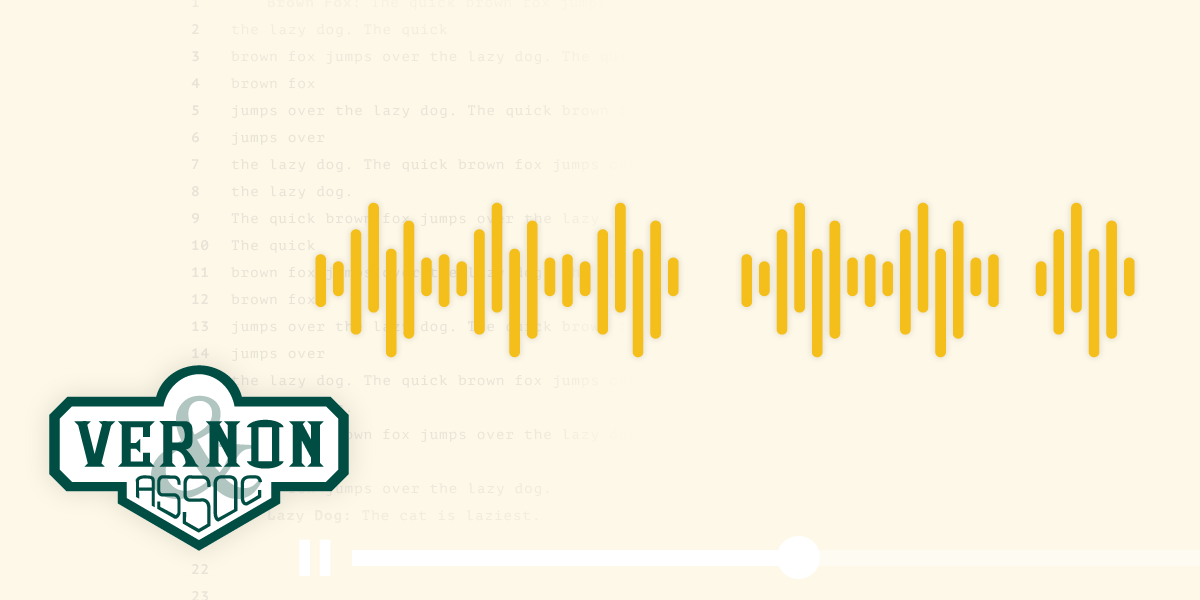As legal transcriptionists and court reporters, the keyboard isn’t just a tool—it’s your gateway to productivity and comfort. Spending hours at your workstation requires a keyboard that not only responds to your touch with precision but also supports your health. High-quality, ergonomic keyboards help reduce the risk of repetitive strain injuries like carpal tunnel syndrome and tendonitis, which can sideline your career. Whether you’re a seasoned professional or just starting out, upgrading your keyboard can significantly enhance your workflow and health.
Optimal Keyboards for Enhanced Transcription Efficiency
Let’s explore some of the best keyboards on the market, designed to meet the specific needs of transcriptionists. While this list isn’t exhaustive, it highlights models renowned for their ergonomic benefits and user-friendly features.
Microsoft Natural Ergonomic Palm Rest Comfort Keyboard for Business
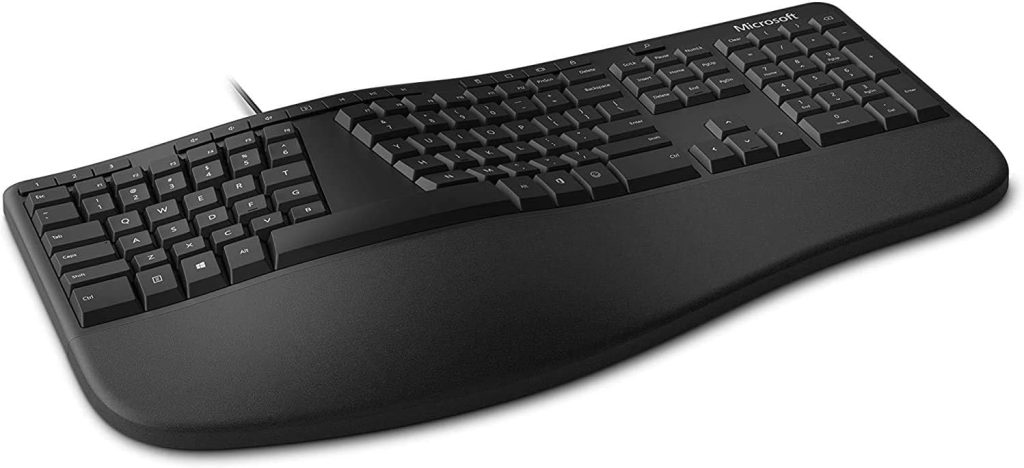
Upgrade your transcription setup with the Microsoft Natural Ergonomic Palm Rest Comfort Keyboard for Business. This model is designed with long hours and high performance in mind. Price around $189, it’s been approved by ergonomists, ensuring that its design significantly reduces the risk of fatigue and injury, which is crucial for transcriptionists who work extensively.
The keyboard features exceptional comfort with its improved cushion and a palm rest covered in premium fabric, promoting a neutral wrist posture for all-day typing comfort. Such ergonomic support is essential for maintaining productivity without compromising health.
KINESIS Freestyle2
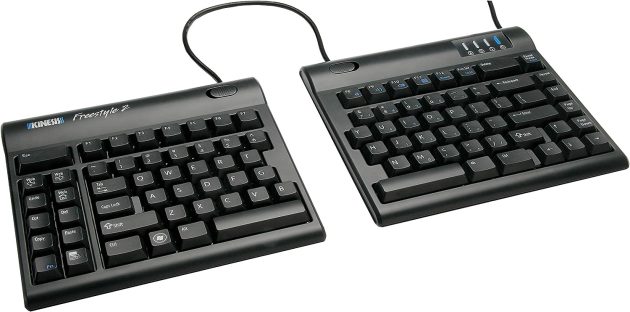
KINESIS leads the pack in ergonomic design with its Freestyle2 keyboard. Priced starting at $89 new, this keyboard is unique because it’s split into two halves, allowing you to adjust the distance and angle between each side to fit your body’s natural posture. For those who need more customization, accessories like the VIP3 can elevate the center to achieve your preferred angle, ensuring maximum comfort during long transcription sessions.
KINESIS Advantage2
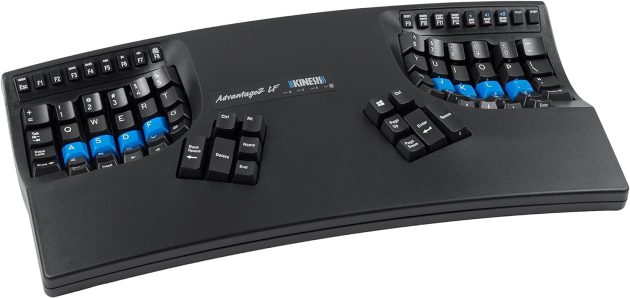
Another stellar model from KINESIS is the Advantage2. Though it is a premium option at up to $349, its investment reflects its value, especially for heavy users. The keyboard’s contoured design allows hands to rest in a natural position, reducing strain and supporting faster, more comfortable typing. Unique features such as thumb-operated pads for commonly used keys like Enter and Space can drastically reduce finger fatigue.
BeeRaider Radial Keyboard
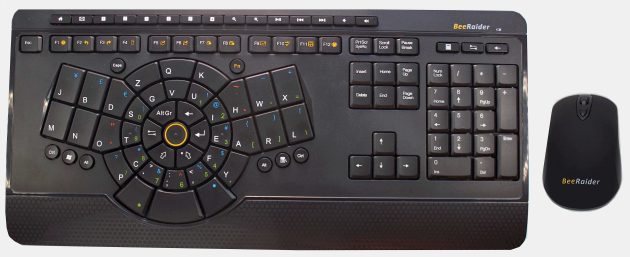
Stepping away from traditional designs, the BeeRaider Radial Keyboard introduces a novel layout aimed at increasing typing speed and efficiency. Available for $125 (QWERTY model) or $149 (Optimized layout), it features a radial key arrangement that optimizes finger movement and reduces travel. This innovative design can take some getting used to, but it offers an exciting alternative for those looking to push the boundaries of traditional typing practices.
ZSA Moonlander: A High-End Ergonomic Keyboard for Professional Transcriptionists
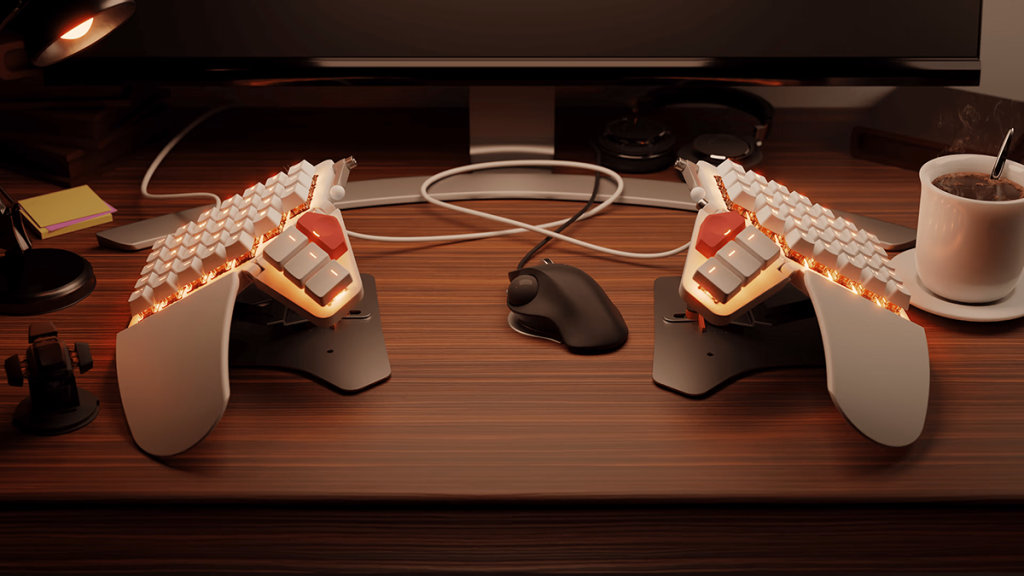
For transcriptionists seeking unparalleled customization and ergonomic design, the ZSA Moonlander stands out as a top-tier choice. With a starting price of over $365, this keyboard represents a significant investment in your transcription career, but its features justify the cost for serious professionals.
The Moonlander is built with ergonomics at its core. Its split keyboard design allows you to adjust each half of the keyboard independently, enabling you to find the most natural typing position. This flexibility helps prevent strain and fatigue, which are common in long transcription sessions. Each key is also fully programmable, giving you the power to optimize your workflow by setting up macros or remapping keys according to your specific needs.
What sets the Moonlander apart is its thumb cluster, which is designed to reduce the load on your weaker fingers and put your thumbs to work. This innovative feature helps maintain a more relaxed hand posture and reduces repetitive strain injuries. The keyboard also includes RGB backlighting, not just for aesthetics but also to help you see the keys better in low-light environments, ensuring accuracy and speed no matter the conditions.
Durably constructed and designed to last, the Moonlander works with both Windows and macOS and includes a robust online training program to help you maximize its potential. It’s more than just a keyboard; it’s a productivity tool that evolves with your needs and skills.
Your Choice Matters
Choosing the right keyboard is a personal decision that should be made based on individual comfort, typing habits, and health considerations. We recommend testing different models to find the one that feels most natural and supportive. Remember, the best keyboard for you is one that fits seamlessly into your daily routine and supports your professional goals as a transcriptionist.
FAQ
A transcription keyboard is a specialized keyboard designed to enhance the efficiency and comfort of transcriptionists. These keyboards often feature ergonomic designs, customizable keys, and quiet keystrokes to facilitate prolonged use.
Key features to consider include ergonomic design to reduce strain, quiet and responsive keys, customizable function keys, and durable build quality.
While not strictly necessary, ergonomic keyboards can significantly reduce the risk of repetitive strain injuries and enhance comfort during long transcription sessions.
Using a transcription-specific keyboard can improve typing speed, accuracy, and overall comfort. Features like customizable keys can streamline the transcription process by allowing quick access to frequently used functions.
Yes, you can use a regular keyboard for transcription. However, a keyboard designed specifically for transcription may offer additional features and comfort that enhance productivity and reduce physical strain.
Some highly recommended transcription keyboards include the Microsoft Sculpt Ergonomic Keyboard, Kinesis Advantage2, and Logitech K780 Multi-Device Wireless Keyboard.
Wireless keyboards can be suitable for transcription as long as they provide reliable connectivity and battery life. Some transcriptionists prefer wired keyboards to avoid potential connectivity issues.
To maintain your transcription keyboard, regularly clean it to remove dust and debris, avoid eating or drinking near it, and use a protective cover when not in use.
